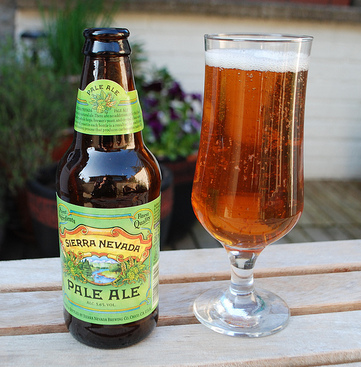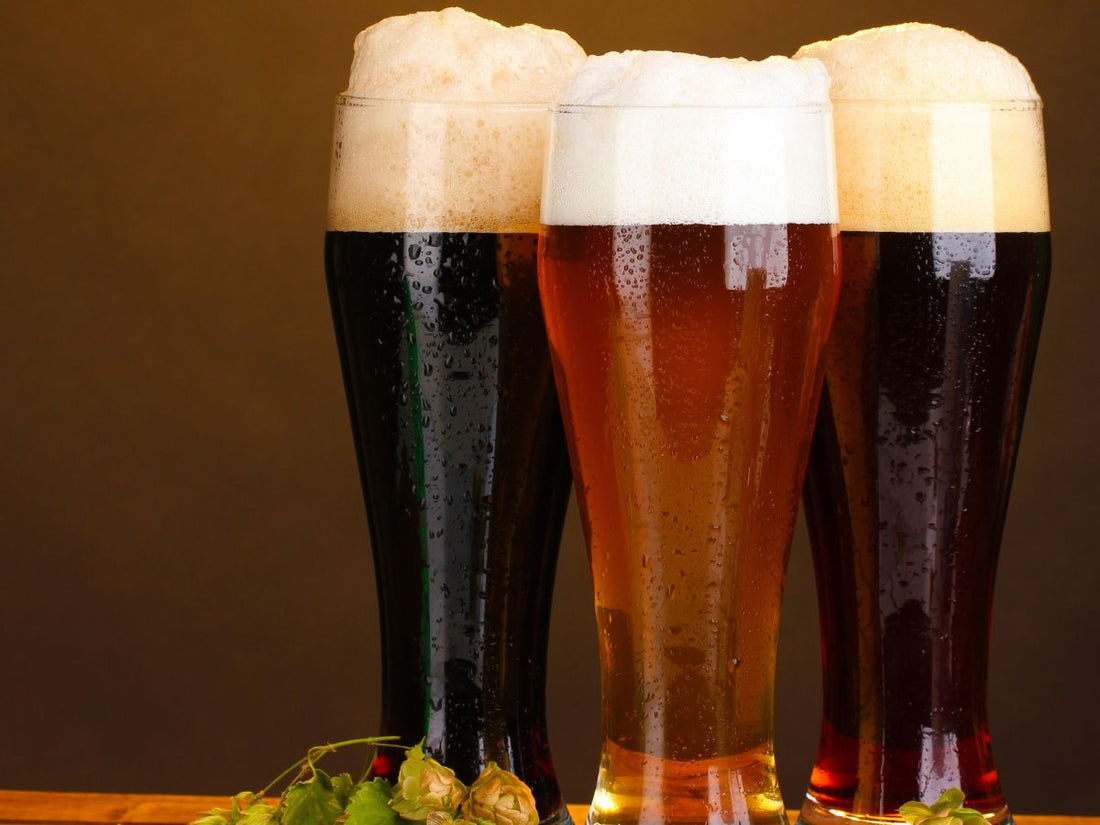Understanding the Craft of Purification: a Deep Dive Into Distillery Traditions
Checking out the complex art of distillation introduces a world steeped in time-honored practices that have actually shaped the spirits we take pleasure in today. From the old origins of purification techniques to the modern-day development of distillery equipment, each action in the procedure brings with it an abundant tapestry of history and proficiency. As we look into the fragile balance of typical versus modern distilling practices and discover the importance of crucial components, a deeper understanding arises of the extensive effect distillery customs have on the spirits we appreciate.
Beginnings of Distillation Techniques
The advancement of purification methods has an abundant background that traces back to ancient worlds. The concept of dividing elements based on their different boiling points laid the foundation for the sophisticated distillation processes we have today.
The earliest proof of purification days back to around 3000 BC in Mesopotamia, where clay pots were made use of to boil down perfumes and aromatic oils. The Egyptians even more progressed these strategies, using distillation for embalming techniques and medical objectives. The Greeks, significantly numbers like Aristotle and Hippocrates, contributed to the academic understanding of distillation.
With time, purification spread to areas like India, China, and the Center East, each society adding its distinct touch to the craft. The advancement of purification methods continued through the Middle Ages and the Renaissance, ultimately resulting in the varied selection of distillation procedures utilized in modern distilleries worldwide.
Advancement of Distillery Equipment
:max_bytes(150000):strip_icc()/game-thrones-beer-seven-kingdoms-fwx-2000-bf25957546c34d8081795a265fb4aab3.jpg)
With innovations in modern technology and a deeper understanding of the distillation procedure, modern distilleries currently utilize a range of advanced equipment to produce spirits of the highest top quality. Today, purification tools consists of column stills, reflux stills, and crossbreed stills, each designed to deal with certain distillation demands. These modern-day stills supply far better temperature regulation, increased distillation accuracy, and higher efficiency in separating alcohol from pollutants.
Along with stills, distilleries now make use of sophisticated condensers, fermenters, and filtering systems to more refine the distillate. The advancement of distillery equipment proceeds to play an important function in shaping the varied series of spirits offered out there today.
Conventional Vs. Modern Distilling Practices
In examining distilling practices, the contrast in between modern and standard approaches discloses significant developments in performance and high quality. Traditional distilling methods usually involve time-honored strategies gave with generations, stressing workmanship and artisanship (Seawall Bar). These methods commonly depend on copper pot stills and manual processes that need a high degree of skill and experience from the distillers. check On the other hand, modern-day distilling techniques take advantage of advanced innovation and innovation to streamline production procedures and improve uniformity. Automated systems, electronic controls, and cutting edge tools make it possible for modern-day distilleries to produce spirits more efficiently and with greater precision.
While standard distilling techniques are cherished for their heritage and the unique flavors they produce, modern methods provide advantages in terms of scalability, quality assurance, and sustainability. By incorporating clinical advancements and contemporary design, distillers can enhance manufacturing, lower waste, and meet the demands these days's market more successfully. Eventually, the option between modern-day and conventional distilling techniques frequently depends upon the distillery's objectives, worths, and target audience.
Trick Components in Purification Refine
Within the craft of distillation, the choice of vital active ingredients plays an important duty in figuring out the flavor profile and quality of the spirits generated. The primary ingredients used in the distillation process are typically water, yeast, and a fermentable source such as grains, fruits, or sugarcane.
Water is a basic element as it not just weakens the alcohol Breweries in Galveston Texas content to a tasty degree yet likewise impacts the general mouthfeel and texture of the spirit. The high quality and mineral material of the water made use of can considerably affect the last product.
Yeast is one more essential ingredient that converts the sugars existing in the fermentable resource right into alcohol via the process of fermentation. Various strains of yeast can generate varying tastes and aromas, adding to the special qualities of the spirit.

Influence of Distillery Traditions on Spirits
The impact of longstanding distillery practices on spirits prolongs past the selection of crucial active ingredients, forming the extremely significance and character of the final distilled items (Galveston Whiskey). These practices, passed down with generations, play a crucial role in specifying the distinct taste accounts and qualities that distinguish one spirit from an additional
Distillery practices include a vast array of methods, from the details methods used in distillation to the selection of maturing processes used. For instance, using traditional copper pot stills in scotch production is thought to present certain tastes and qualities that are very valued by connoisseurs. Likewise, the aging of spirits in oak barrels, a technique deeply rooted in distilling practices, contributes to the growth of complicated scents and flavors with time.

Conclusion
From the origins of purification techniques to the contemporary practices, the influence of distillery customs on spirits is obvious. Distillery traditions play an important role in shaping the spirits market and maintaining the heritage of distillation practices.
Throughout the history of purification, the tools used in distilleries has gone through considerable advancement to boost effectiveness and high quality of the distillation procedure.With improvements in innovation and a much deeper understanding of the distillation process, modern distilleries currently make use of a variety of innovative equipment to produce spirits of the greatest quality. Today, purification devices consists of column stills, reflux stills, and hybrid stills, each developed to cater to certain purification needs. From the beginnings of distillation techniques to the modern practices, the impact of distillery traditions on spirits is indisputable. Distillery practices play an important role in forming the spirits industry and preserving the heritage of distillation techniques.